BMW X6 vs Range Rover Sport and Porsche Cayenne - pictures
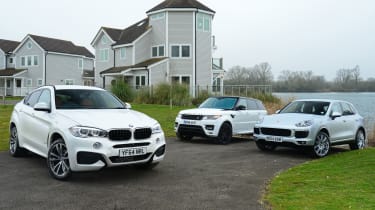
All of these cars will appeal to a style-conscious buyer, with the BMW X6 arguably being the most distinctive.
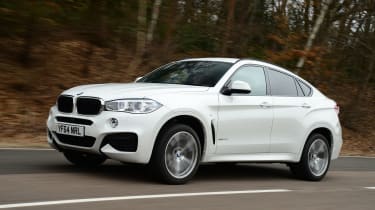
"The X6's looks will split opinion, but it's still a great SUV to drive. However, the styling hurts practicality compared to the other two SUVs on test. It's not quite as usable." - James Disdale, road test editor
- Skip advertAdvertisement - Gallery continues below
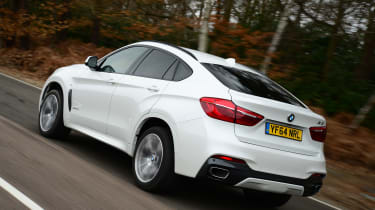
Our M Sport brings huge 20-inch alloys as standard, as well as LED headlights, which only add to the road presence.
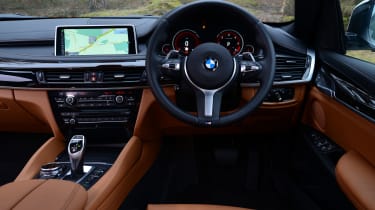
The interior isn't quite as driver-focused as other BMWs, but it's still extremely well equipped with leather, sat nav, heated seats, cruise control and plenty of other top-spec features as standard.
- Skip advertAdvertisement - Gallery continues below
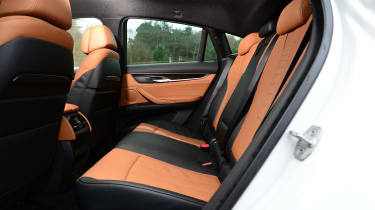
The sloping roofline limits rear visibility (although optional around-view camera helps when manoeuvring) and back headroom.
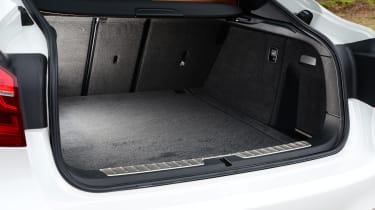
The boot in the X6 weighs in at 550 litres, 120 litres down on that of the Porsche.
- Skip advertAdvertisement - Gallery continues below
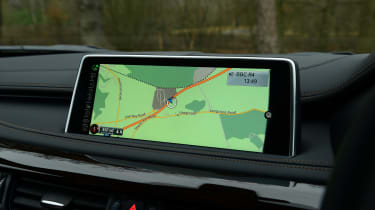
Crisp and clear 10.2-inch screen comes as standard and is part of BMW's iDrive infotainment system. There's a touchpad, too.
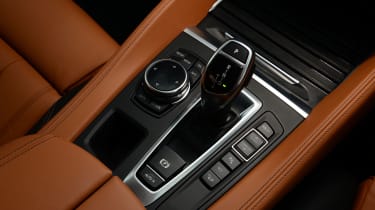
There are familiar BMW fixtures and fittings around the cabin, including a touchpad for the iDrive system.
- Skip advertAdvertisement - Gallery continues below
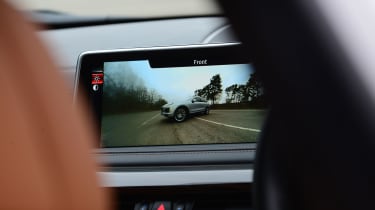
Around-view camera system is an optional extra on the X6.
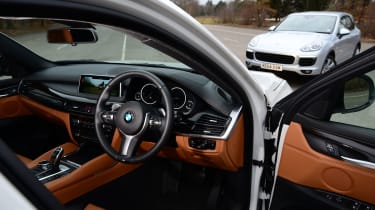
BMW X6
- Skip advertAdvertisement - Gallery continues below
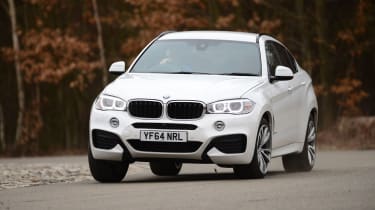
The X6 isn't quite as focused as the Cayenne, but it's quicker and more composed than the Range Rover Sport.
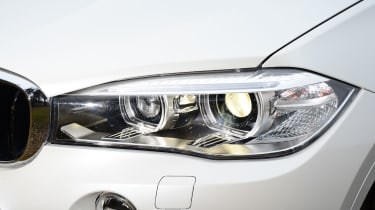
LED headlights are standard on the X6.
- Skip advertAdvertisement - Gallery continues below
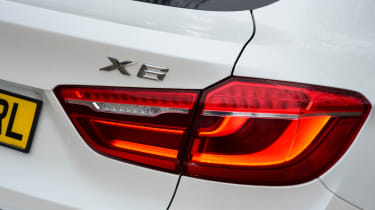
BMW X6
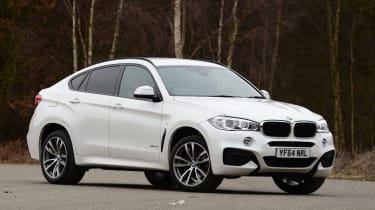
"Smooth gearbox and refined cabin make the X6 a great cruiser, but adjustable dampers mean it rises to the challenge of a twisty road, too." - Sean Carson, senior road tester.
- Skip advertAdvertisement - Gallery continues below
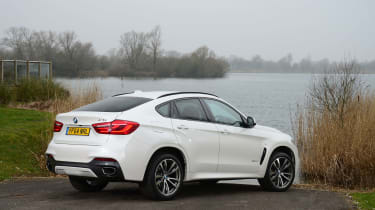
At the rear, the X6 looks a lot less sporty than it does at the front thanks to a large slab of metal at the back where the sloping roofline comes down to meet the rear bumper.
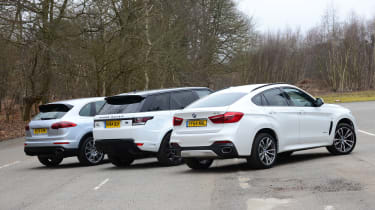
All three cars have very different rear-end designs.
- Skip advertAdvertisement - Gallery continues below
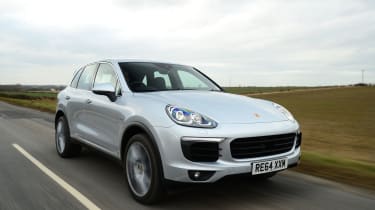
"The Porsche Cayenne is the perfect example of a practical and upmarket SUV, which doesn't sacrifice driving enjoyment." - James Disdale, road test editor.
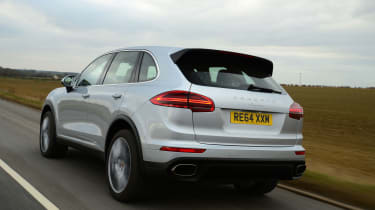
The 3.0-litre diesel in the Cayenne puts out 258bhp, and feels lively with strong performance. The eight-speed gearbox responds very quickly to a prod of the acceleratoe pedal, too.
- Skip advertAdvertisement - Gallery continues below
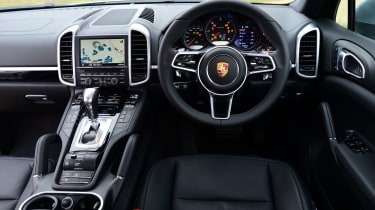
The Cayenne is the sportiest to drive and the interior reflects this with steering wheel similar to Porsche's sports cars.
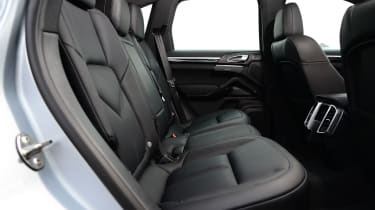
While the cabin is spacious enough, it actually doesn't feel as big as the X6. You can't stretch out in the same way, but you can fit three passengers in the back with ease.
- Skip advertAdvertisement - Gallery continues below
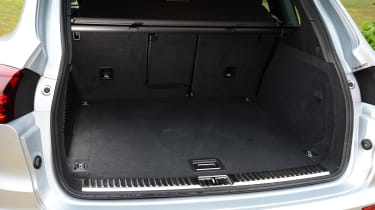
The squared-off rear means there's 670 litres of space on offer. There's a powered tailgate like the other two cars, as well.
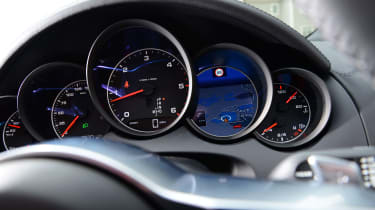
Overlapping dials are a traditional Porsche touch.
- Skip advertAdvertisement - Gallery continues below
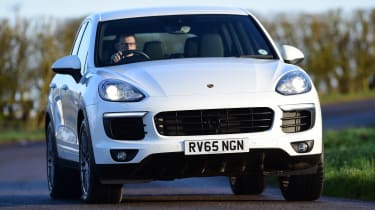
The Cayenne has a proper sports car-style cockpit, with the driver and passenger divided by a large, high-set centre console. This means the gearlever and assorted controls are close to hand for the driver.
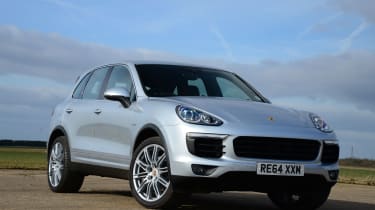
At £50,247, the Cayenne Diesel seems like a bargain. But if you want luxuries, Porsche will make you pay for them. To match the X6 and Range Rover on test here, you'll need to add £7,000 worth of options.
- Skip advertAdvertisement - Gallery continues below
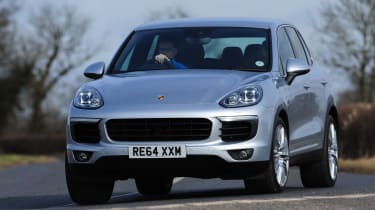
The Cayenne excels on twisty roads. Direct steering means there's a sharp turn-in and there's plenty of traction thanks to four-wheel drive.
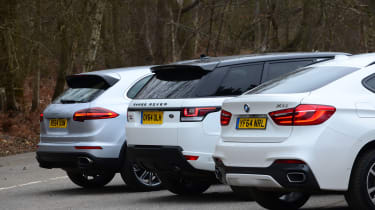
BMW X6 vs Porsche Cayenne and Range Rover Sport
- Skip advertAdvertisement - Gallery continues below
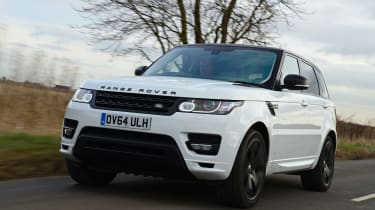
"While the Range Rover Sport doesn't have the sharp responses of the Cayenne, it's decent enough and counters this with greater cruising comfort." - Sean Carson, senior road tester.
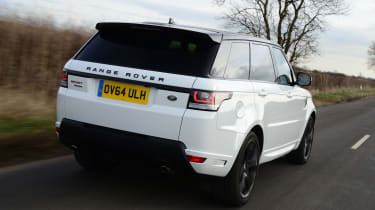
The SDV6 unit is punchy, and the eight-speed auto gearbox makes the most of the 302bhp on offer.
- Skip advertAdvertisement - Gallery continues below
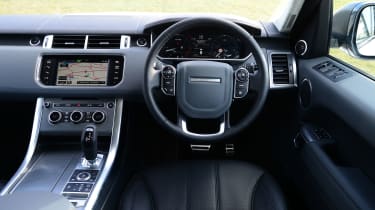
Expensive-feeling materials litter the Range Rover's cabin - it's the most refined here. It also gets a digital dash like the X6, but it's not as sporty as the Porsche's five-gauge layout.

There's scope to fit three in the back of the Range Rover, but the sculpted nature of the outer rear seats means the middle chair is only for occasional use or shorter journies.
- Skip advertAdvertisement - Gallery continues below
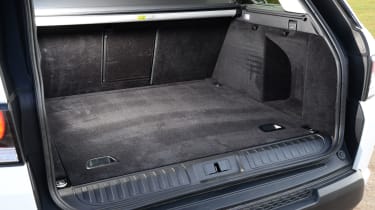
At the back, a power tailgate aids access to the 489-litre boot - the smallest of this trio. However, you can add two occasional seats for £1,600 to turn it into a seven-seater.
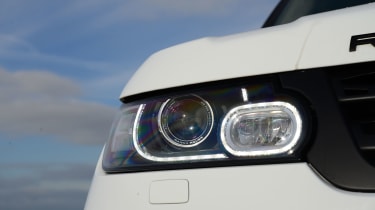
Distinctive daytime running lights make the car instantly recognisable as a Range Rover.
- Skip advertAdvertisement - Gallery continues below
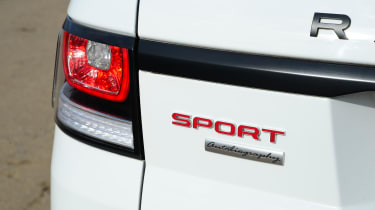
Pinched rear-end and high-set tail-lights are now a familiar Range Rover design flourish.
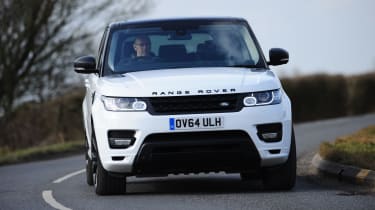
The Range Rover Sport delivers confidence-inspiring handling with precise steering and plenty of grip. Body movement is also well controlled.
- Skip advertAdvertisement - Gallery continues below
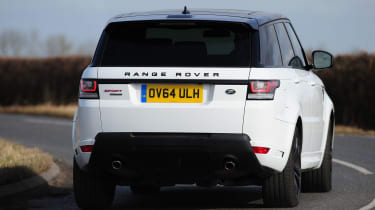
On Dynamic models, an active anti-roll system is standard to keep the Range Rover on an even keel through a series of corners.
Recommended
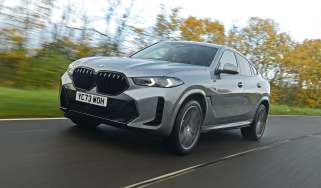
BMW X6 review
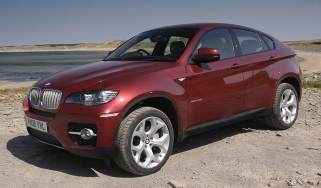
Used BMW X6 (Mk1, 2008-2014) buyer’s guide: controversial SUV is luxurious and refined
Most Popular

EU 2035 petrol and diesel car ban to be scrapped – will the UK follow?
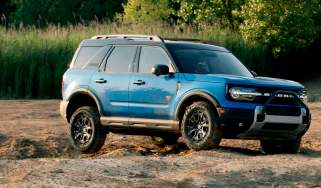
Inside Ford’s big comeback plan: Fiesta, small SUV, hybrid and VW relationship all explained
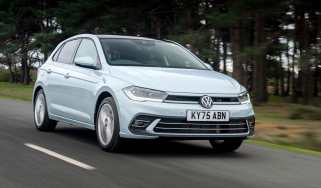
New Volkswagen Polo Edition 50 2025 review: an underwhelming celebration